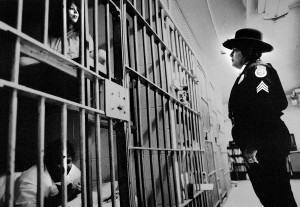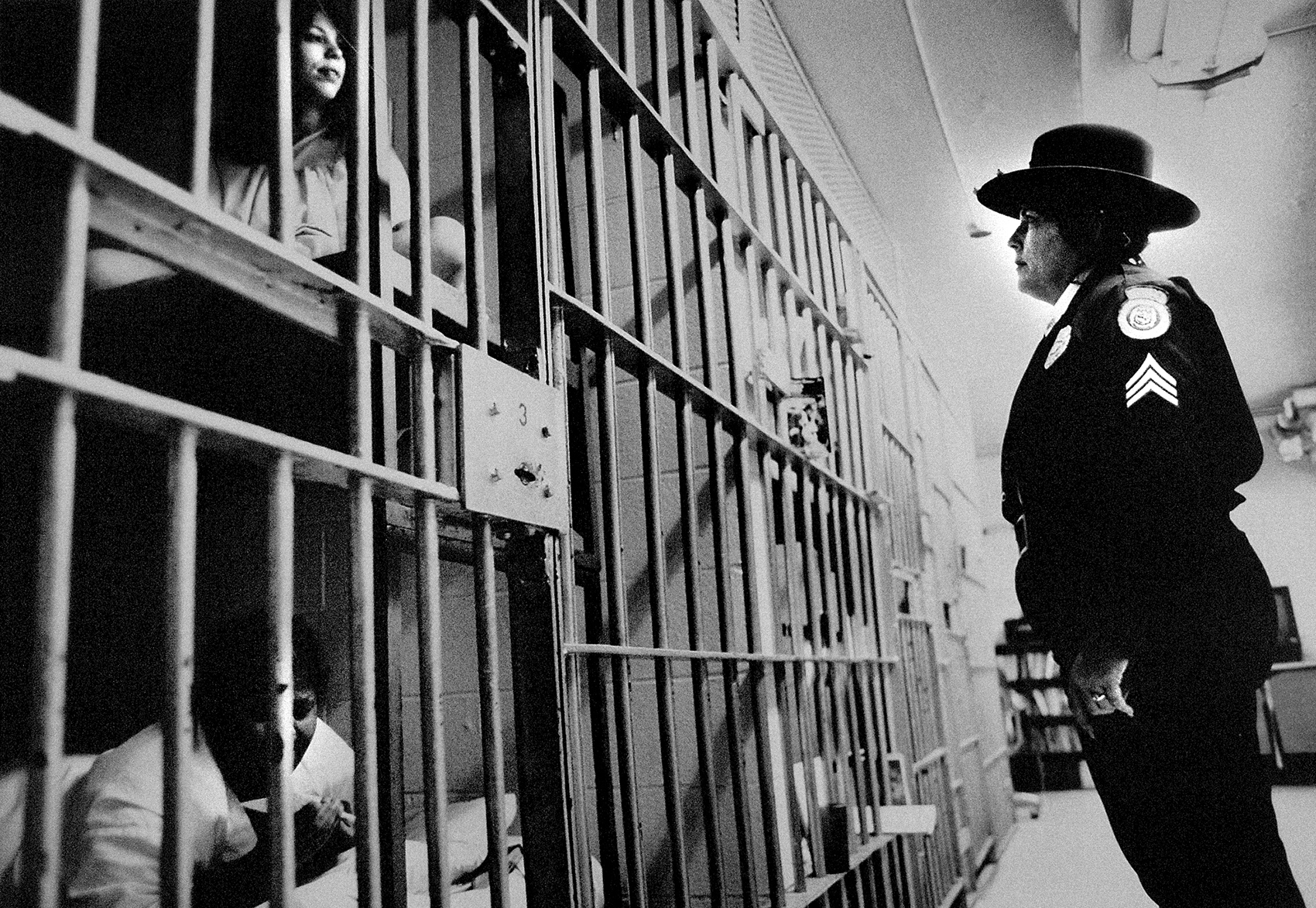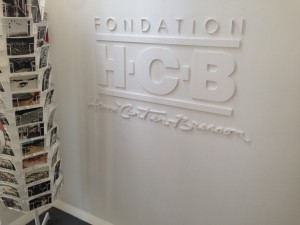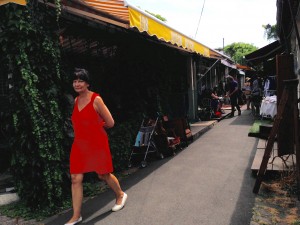I’m now back working and researching in New York after my trip to Paris. Paris is an important city to many of my favorite photographers, so it was really great to explore with that in mind. I went to three different photography museums / archives while there: the Fondation Henri Cartier-Bresson, The Galerie nationale du Jeu de Paume, and The Maison Européenne de la Photographie.
While in Paris I read On Photography by Susan Sontag. Sontag addresses the boundaries activist photographs must exist within in order to be effective, as well as the fragility of the line between awaking consciousness and numbing it. These boundaries have been occupying my mind and research. I’m at a stage now where I’m trying to compile what I’ve learned so far and piece it together into concrete and comprehensive ideas. I’ve realized this is going to take a long time to do. The more I dive into what I know, the more questions seem to arise. Right now I’m struggling with the way I’m defining social change and what it means for a photograph to be “effective”. Social documentary photographers are constantly bringing the world’s attention to injustices and social problems. I guess what I’m grappling with is if creating that awareness and bringing eyes to these issues is enough. Is a photograph effective simply because it shows what we would not ordinarily see?
I think too much exposure to social documentary photographs often numbs us. We are in an age now where there is a proliferation of images— we are bombarded with visuals through advertisement, digital media, social media, television, etc. Trying to understand the power of images today is very different than looking at the power of images in the past.
I’ve been using Sontag’s ideas sort of as a rubric to analyze the work of photographers. For example, I looked at the portfolio of Donna Ferrato who did an extensive project on domestic violence. I think Ferrato produces very strong work that juggles context, aesthetics, outrage, and compassion very well.

Women who kill their husbands in self-defense, get the longest sentences. Fifty years or even life without parole is common. Jefferson City, Missouri, 1990.
Dealing with these topics and questions has put me into a paralysis in terms of my own photography. I’ve been finding it very difficult to produce new work. I’m hoping by continuing to examine portfolios and stick with what I’ve researched so far, I can come to terms with some of the questions that have come up — and that may help me with my creative block.
— Maya W Richardson



Hi Maya,
After reading your piece I’m very curious to hear what you end up concluding about how to gauge an image’s effectiveness. What immediately occurred to me is how the internet and especially social media has created various means for judging an image’s ‘effectiveness’ in terms of likes, shares, up- votes etc. In a strange way these sort of rubrics we all engage with can create a social understanding of an image’s impact. But then the issues of numbing really comes into play because I feel that if I see something twice, or even if something is too similar, on social media I tend to disregard it. Which means that inevitably the most impactful or effective images get mired in their own popularity. Of course the photography you are researching doesn’t really exist in the same sphere as personal social media posts, but when looking at effectiveness how an image is received on social media is an interesting perspective.
Hey Maya! I’d love to talk further about your use of Sontag’s On Photography. I also have been reading this book on my photography road trip, and have found it incredibly useful to thinking about photography through an interdisciplinary lens. What I am curious about is your note that it has paralyzed you as a photographer. I often feel that when researching photography and other photographers, and I am wondering what you are doing to combat that feeling. For the first few days of my trip, I felt incredibly stifled, and the only things that helped me get through it was to keep looking at more photographers’ work for inspiration, and “shooting through it,” as my mentor advised me to do. What have your solutions been? Have you found any?
I can’t wait to hear about your project in the end! Best of luck!
-Em
Hey Maya!
Thank you so much for sharing this, and for opening up about your own creative block, which is very refreshing to hear for someone who’s also struggling to find the right way of editing a short film. I was in Sweden this past week, where I went to ‘Fotografiska,’ a big photo museum in Stockholm. There, I saw the exhibition ‘On This Earth A Shadow Falls Across The Ravaged Land’ by Nick Brandt, which was extremely beautiful. Your question: Is a photograph effective simply because it shows what we would not ordinarily see? is very true for me in relation to this exhibition. Brandt has captured Africa’s wildlife in a way that I and many other people had certainly never seen before, which was extremely effective in my opinion. However, he took it a step further; in the beginning of the exhibition he showed the beauty of these animals, but further down the gallery the photos became more sad, showing skulls of animals, and local inhabitants who have killed the elephants. The end of the exhibition was a video of Brandt explaining that action needs to be undertaken in order to save these animals’ lives. So even though the photos alone were impactful and effective, Brandt tried to do more to spread his message. Maybe this is something interesting to consider; photos speak a thousand words, but sometimes words or other media can help emphasizing a message in a photograph.
Best,
Joosje
Hey Maya! I think first of all you’re engaging with some really amazing and difficult material, which inspires me to work harder with my own research. You definitely bring up some complex questions. To me there is something about a photograph that makes for such a unique medium that is different from television and moving image and makes it an unchanging and popular form of art, which is why it is still around today. Obviously now we have photo shop and other ways to manipulate photographs, but I think genuine and untouched photography is one of the truest forms of art. I think perhaps something that may help in your research is the idea of iconography, specifically what makes a successful and popular image besides just composition. What specifically is an icon and how does it stay so relevant could be interesting questions for your topic. There is a book called “The Handbook of Visual Analysis” by Theo Van Leeuwen. I am not an expert and have not thoroughly read this text but there is a large section on iconography you may find appealing.
Best of luck with your research!